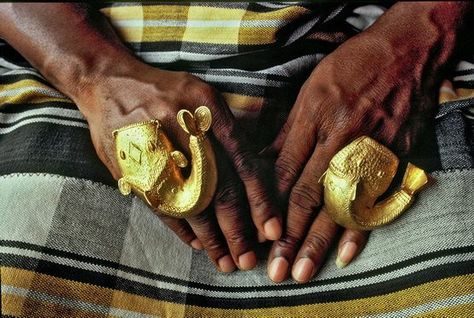PGCert Inclusive practice
Race blog
As a black African woman, I came from a 20-year career in the fashion industry to teach at the same art and design college that I attended in the 90’s! I can relate to many of the experiences of race shared in the resources, as a student, as an employee in industry, and as a teacher.
I found some of the resources shared in the unit, perplexing, challenging and outright overwhelming at times.
In a way, the theorising of concepts, policies and themes around race has been interesting and insightful to read, however, because of my own positionality, my understating of race, discrimination, prejudice and stereotyping has mostly been formed by my own lived experiences. It is these very personal lived experiences that shape and inform my current teaching practice in relation to race.
On my DPS* programme I prepare and support students to work and build careers in the fashion industry (during a placement year). For some students this will be their 1st experience of working in the fashion industry as a minority. In the many 1-2-1 tutorials I’ve held, I’ve experienced students of colour, asking me. “What will it be like for me working and living in Italy or France? I heard it’s quite racist there?” and “Do you think I’m not getting interviews like my classmates because I’ve mentioned how my Palestinian background influences my work?” I have also had to contend with students upset about the perceived racial discrimination they experienced in their work placements. There is not enough word count for me to go into how I manage these conversations, but what I will reflect on is the fact that these students felt not only compelled, but comfortable enough to ask me these questions. I’m not sure they would’ve done so if I were white. So, by sheer “Token” of being black, my BAME students felt they could openly ask me questions about race and racism in the industry.
Watching the short film ‘Room of Silence’ from the Rhode Island School of Design, students commented on the perceived failure of academic staff to feel confident to intervene and facilitate conversations around race, particularly when faced with either group dissent or the “Wall of silence” (a term used to describe the silence faced when students presented race related work in group crits). They noted a sense of inhibition, fear, and avoidance to address the topic or critique work with racial themes as it was a “touchy subject” and they didn’t know what to say (both fellow students and teachers alike).
for this blog, although I appreciate the resources and the theoretical papers I have read, I wanted to touch on the realities of race and discrimination that the students at RISD experienced and what I encounter when supporting my students in my current teaching practice: Their realities, collective fears, feelings and anxieties.
I see my role as a DPS tutor to mentor, advise and prepare all my students for the realities of the working world. I know that through conversations with my students, my positionality, lived experiences of being black in the fashion industry and my personal perspective can help them figure out their place in the industry. My aim is to listen actively to their insight and concerns, to encourage, to build their confidence, resilience and self-belief, and bring about a sense of belonging and knowing that there is a place for them to succeed in this industry. However, the reality is that there is a lot to be done regarding racial equality and discrimination in the fashion industry and the path is not a smooth one.
*DPS- Diploma In Professional Studies -Student industry placements and internships.
References:
Sherrid, E. (2016) The Room of Silence, Vimeo. Available at: https://vimeo.com/161259012.

